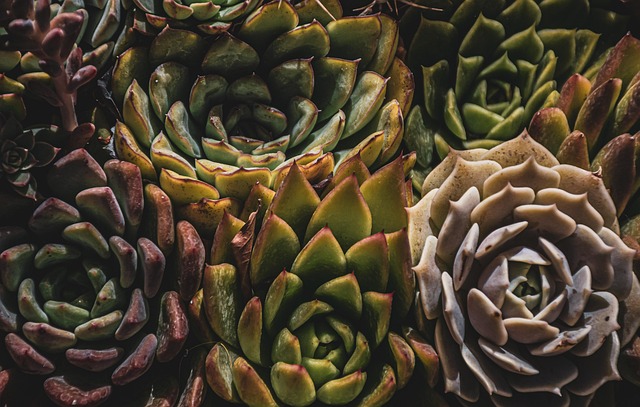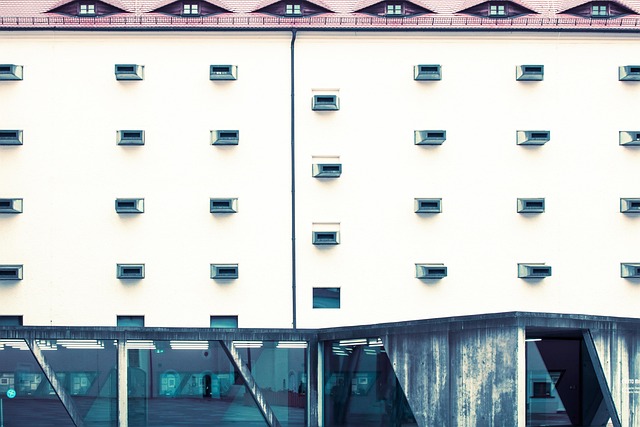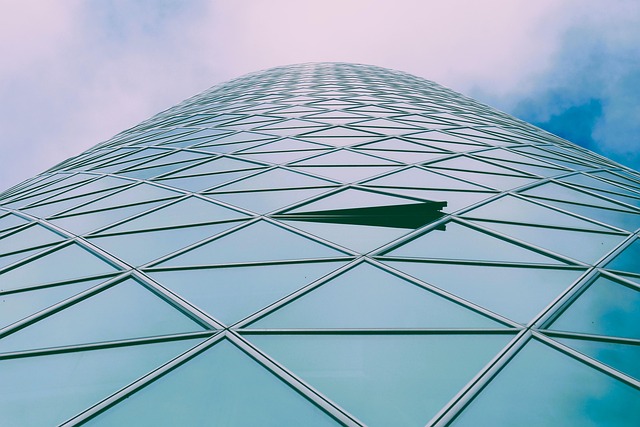
Creating an Artful Design: Greenhouse Inspirations in Architecture
The concept of a greenhouse is often intertwined with vibrant greenery and a sanctuary for plant lovers; however, its essence extends far beyond simply being a structure for nurturing plants. The greenhouse embodies a beautiful philosophy of design and architecture that harmonizes nature and built environments. Artists and architects alike have begun to explore the potential of greenhouse-style structures to create spaces that inspire creativity and foster a deep connection with the natural world.
Architects are increasingly integrating greenhouse elements into their designs, providing a canvas that breathes life into urban landscapes. Imagine a building composed of transparent walls that blur the line between indoor and outdoor spaces, showcasing not just plants but the natural ambiance surrounding it. This concept has been embraced in various architectural movements, where natural light and organic materials are emphasized to create serene environments that stimulate the senses.
The essence of a greenhouse is simplicity achieved through thoughtful design. Its structure, typically dominated by glass or polycarbonate panels, allows for maximum sunlight penetration, cultivating an atmosphere of warmth and growth. This transparency transforms the monotony of concrete jungles into lively, dynamic spaces filled with the colors and textures of nature. Artists find inspiration in this harmonious blend, crafting innovative installations that challenge perceptions of traditional boundaries in art and architecture.
Moreover, greenhouse-inspired designs encourage sustainable practices within architecture. With an emphasis on utilizing natural resources effectively, these structures often incorporate green roofs and living walls, which not only enhance aesthetics but also improve air quality and energy efficiency. Such designs invite occupants to engage with their environment actively, creating a sense of responsibility and stewardship toward the planet.
Designers also focus on interior elements inspired by greenhouse aesthetics—light-filled atriums adorned with lush greenery, open spaces that beckon collaboration, and the calming presence of plants. These elements unite art and architecture, transforming ordinary spaces into extraordinary experiences that nourish both body and mind. In such environments, people are prompted to reflect, create, and connect deeply with themselves and with others.
Greenhouses also evoke feelings of nostalgia and tranquility. Many people associate them with childhood memories of planting seeds and watching them grow into vibrant life. This emotional connection intertwines with modern architectural practices, urging designers to evoke similar feelings in new constructions. By leveraging the greenhouse’s nurturing qualities, architects can craft spaces that are inviting and restorative, offering refuge from the hustle and bustle of daily life.
As we survey contemporary designs across the globe, it becomes clear that greenhouse inspirations in architecture are about more than just aesthetics; they serve as a pathway toward a more sustainable and conscious future. The convergence of art and design found in greenhouse-inspired architecture reflects a broader shift toward integrating nature into urban living, encouraging communities to embrace the beauty of their surroundings. This symbiosis reveals that every building has the potential to be an artful design, one that not only serves practical purposes but also inspires joy and connection, much like the delicate ecosystem of a greenhouse itself.



